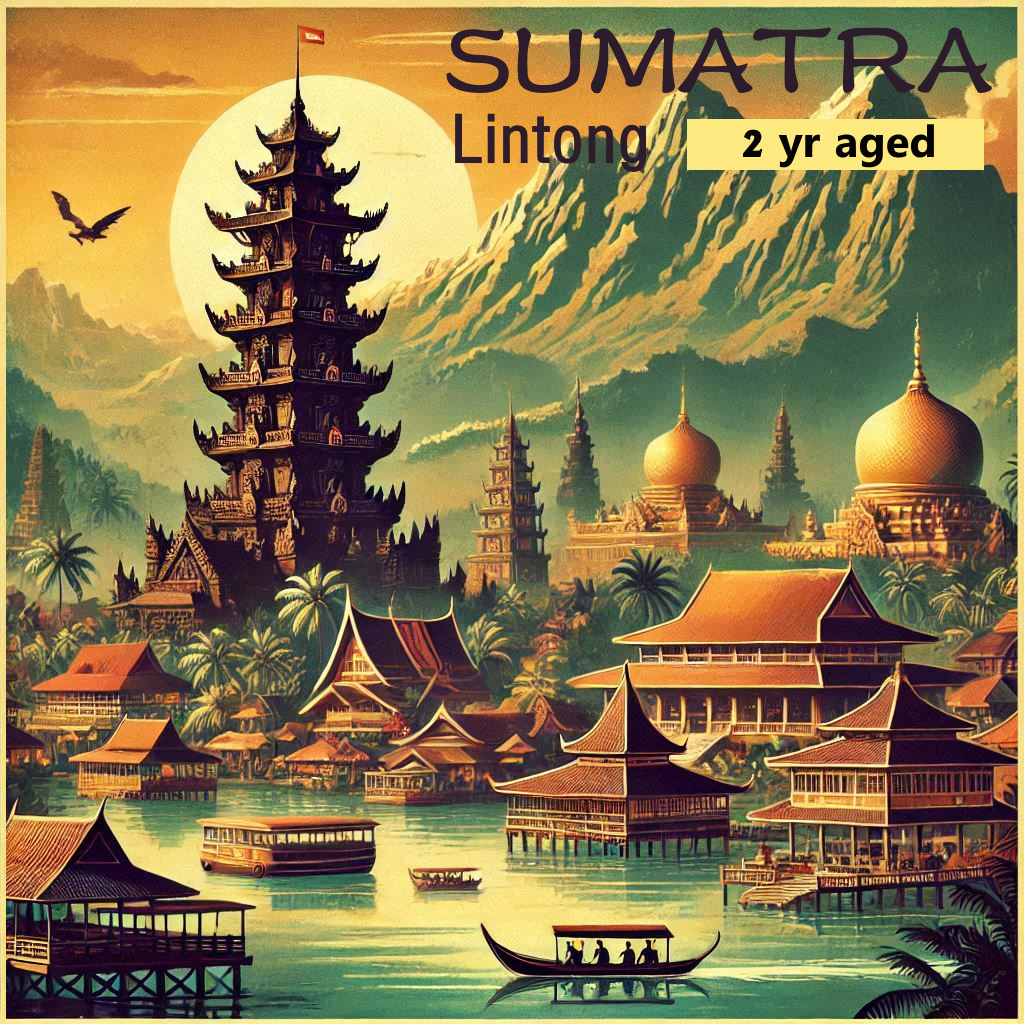 Image 1 of 7
Image 1 of 7

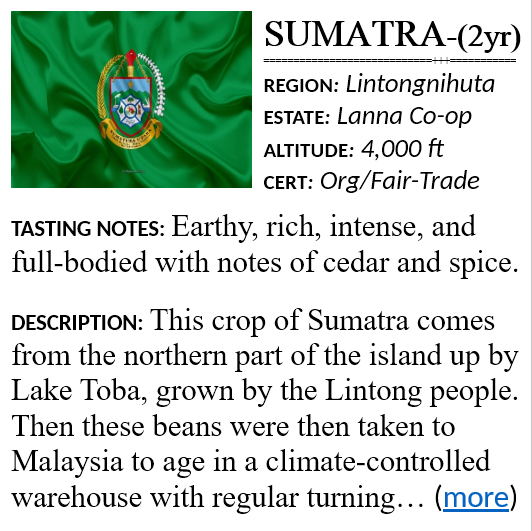 Image 2 of 7
Image 2 of 7

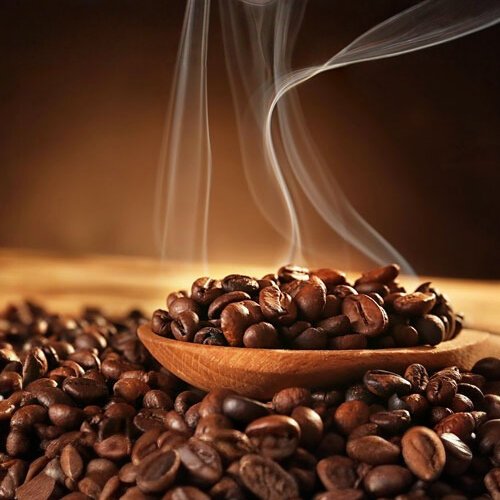 Image 3 of 7
Image 3 of 7

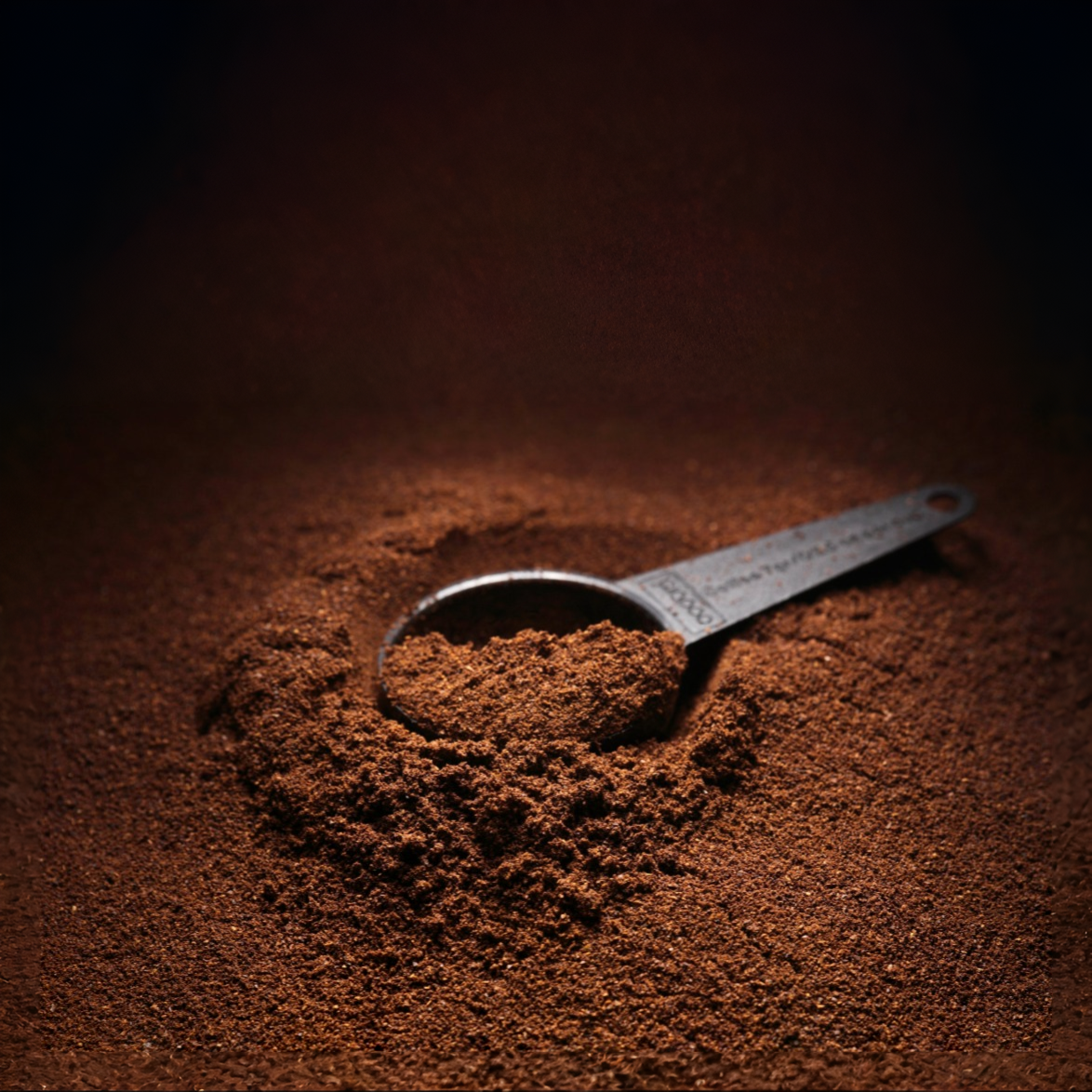 Image 4 of 7
Image 4 of 7

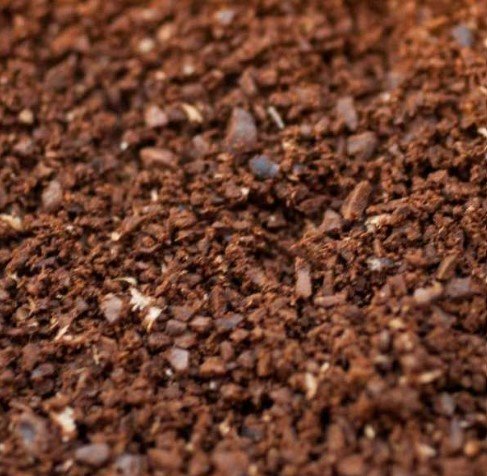 Image 5 of 7
Image 5 of 7

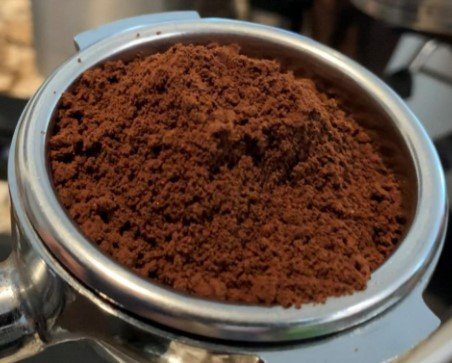 Image 6 of 7
Image 6 of 7

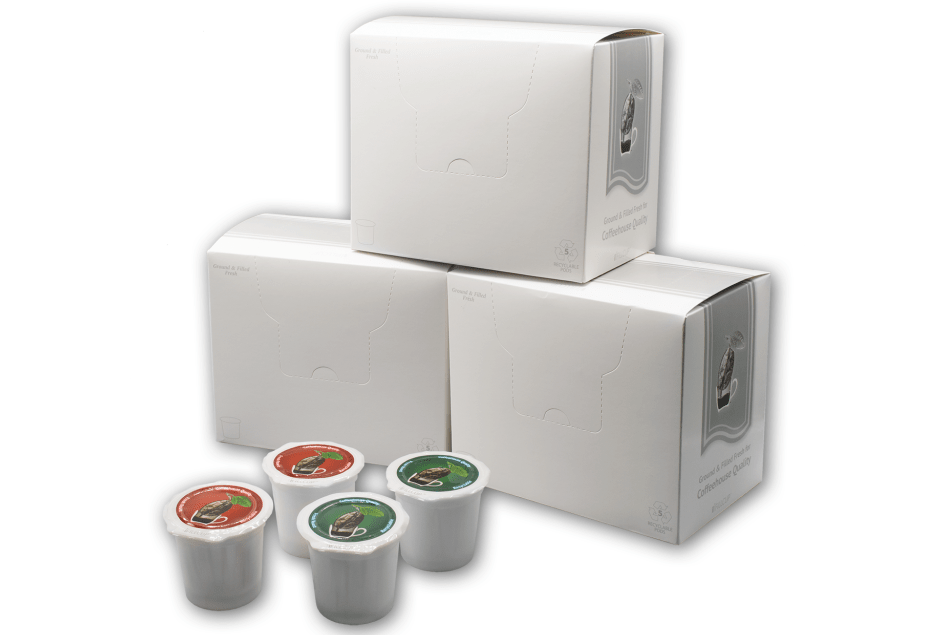 Image 7 of 7
Image 7 of 7








SUMATRA: Lintong (2 yr aged)
This crop of Sumatra comes from the northern part of the island up by Lake Toba, grown by the Lintong people. Then these beans were then taken to Malaysia to age in a climate-controlled warehouse with regular turning of the bags and moisture readings, to age for 24 months carefully. If the aging goes poorly, you end up with coffee that tastes old -- paper/cardboard tastes. But when done well, you end up with an extra intense Sumatra. This one tastes very clean and has a ton of spice notes. Reasonably mellow (for an aged Sumatra).
Cupping Notes: Earthy, rich, intense, and full-bodied with notes of cedar and spice.
This crop of Sumatra comes from the northern part of the island up by Lake Toba, grown by the Lintong people. Then these beans were then taken to Malaysia to age in a climate-controlled warehouse with regular turning of the bags and moisture readings, to age for 24 months carefully. If the aging goes poorly, you end up with coffee that tastes old -- paper/cardboard tastes. But when done well, you end up with an extra intense Sumatra. This one tastes very clean and has a ton of spice notes. Reasonably mellow (for an aged Sumatra).
Cupping Notes: Earthy, rich, intense, and full-bodied with notes of cedar and spice.




















